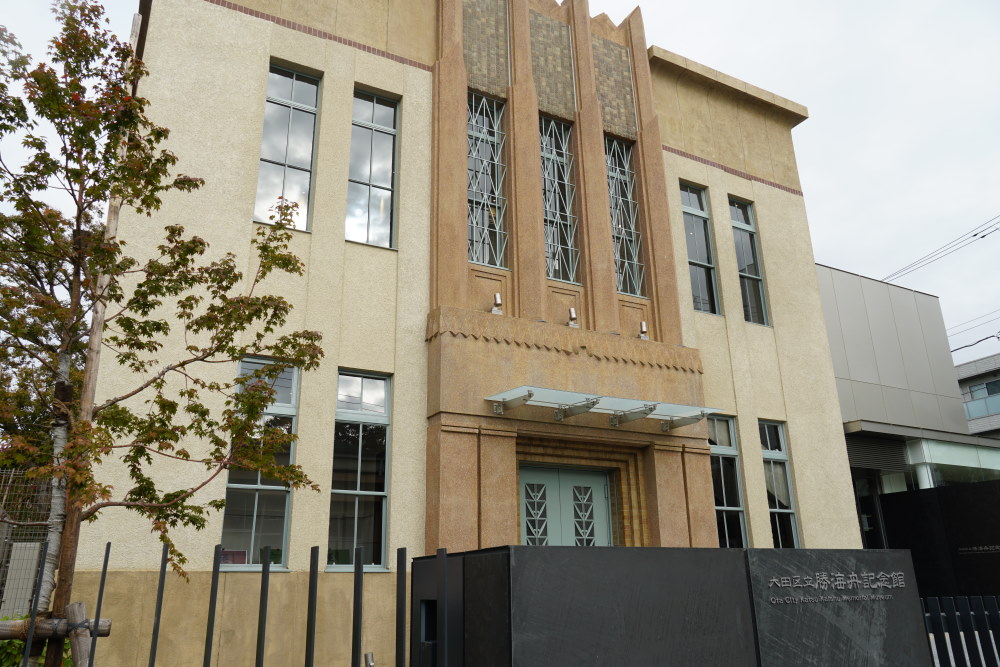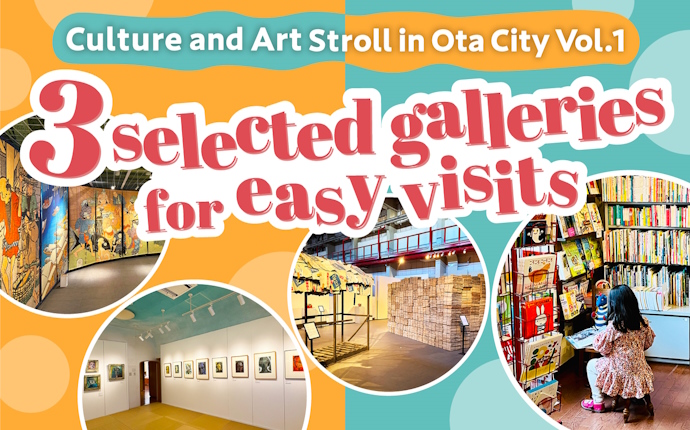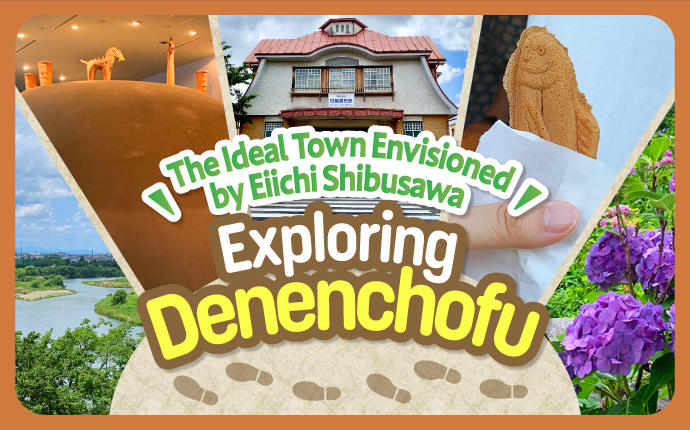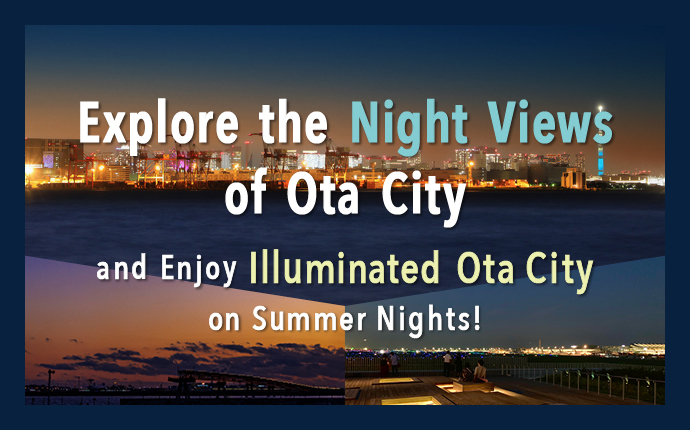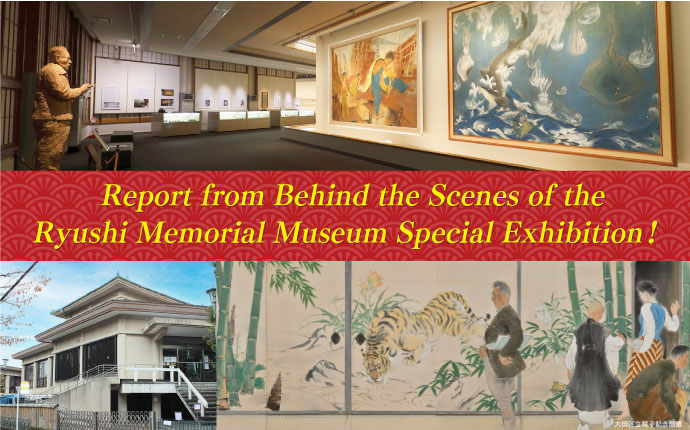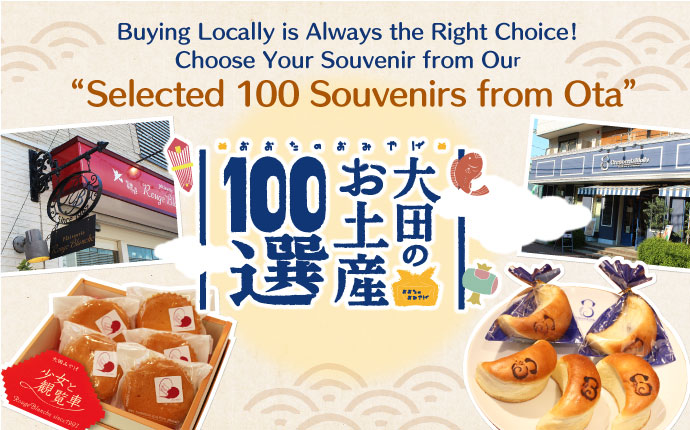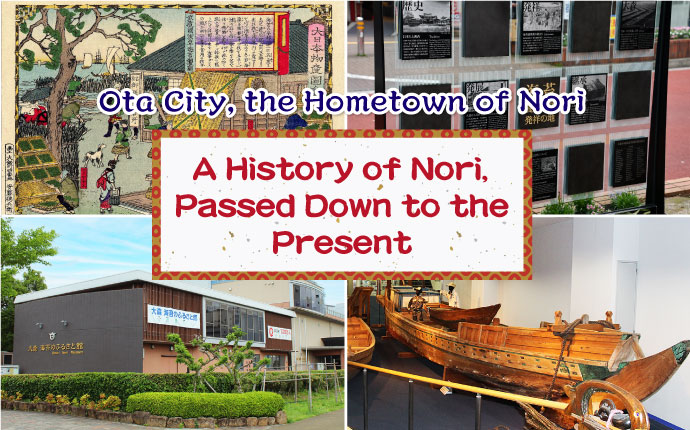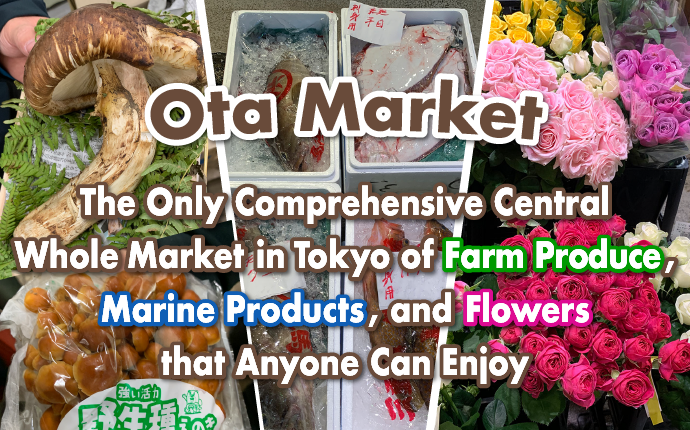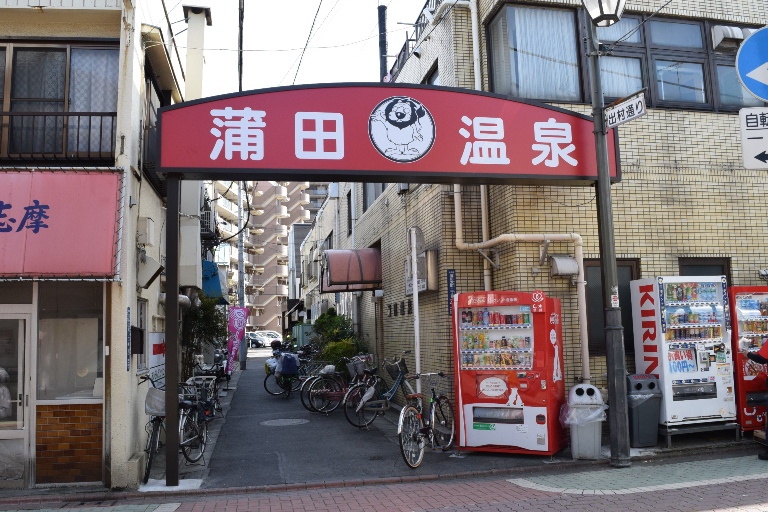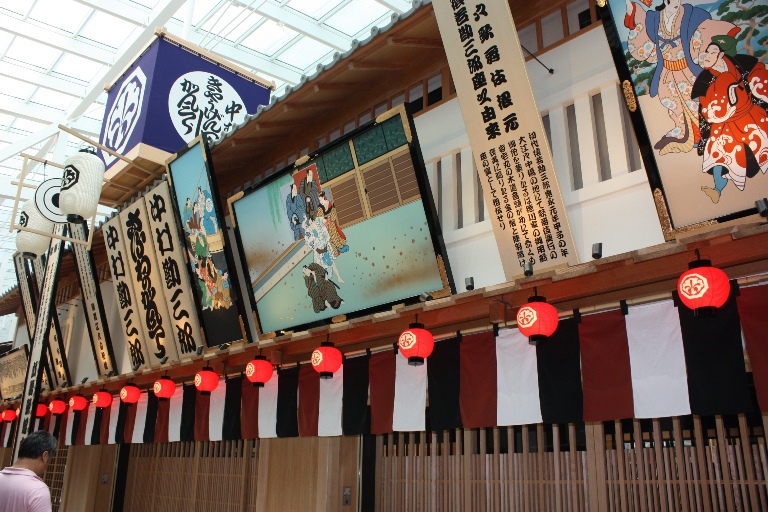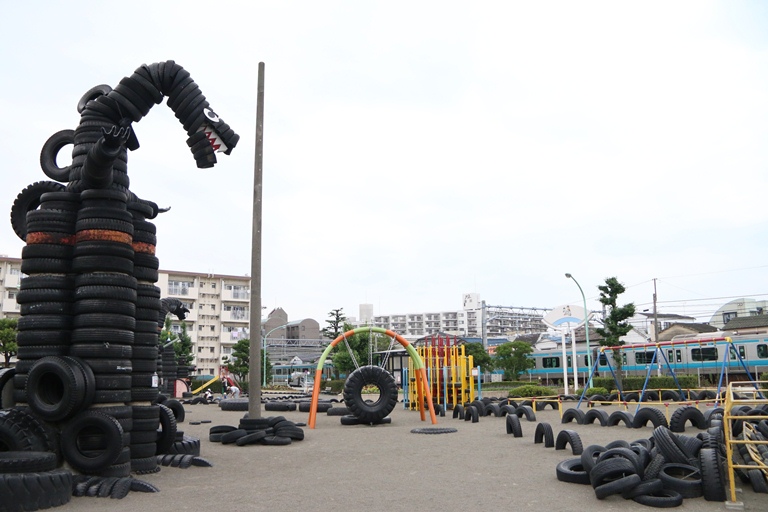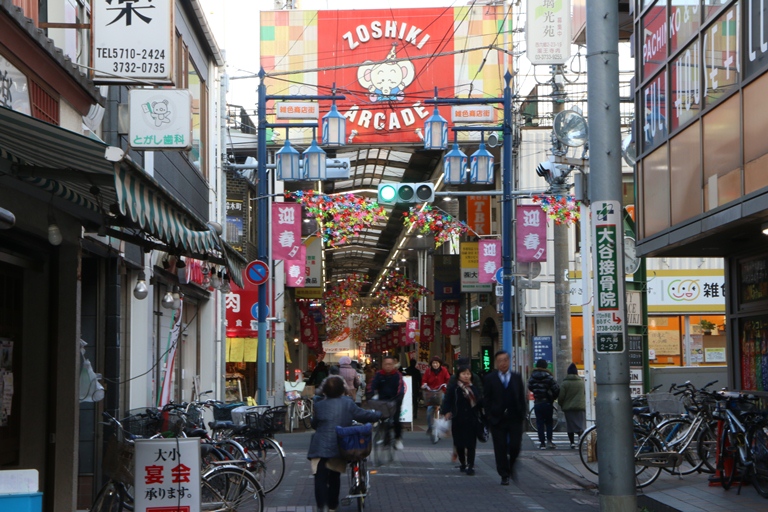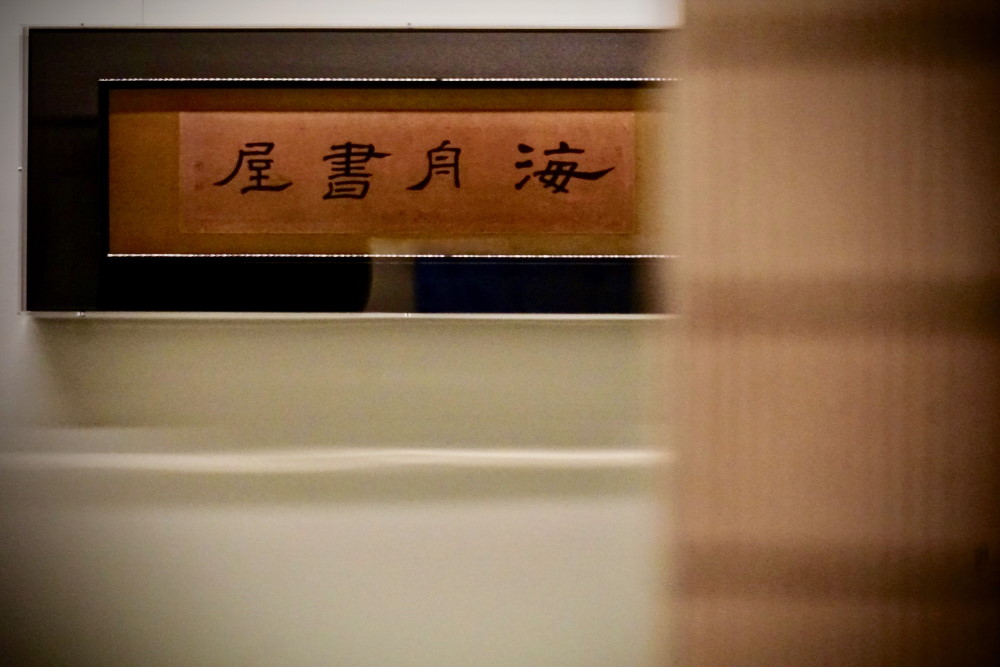
Speaking of a great man in the end of the Edo period who always proposed reforms to the regime, belonging to the Tokugawa shogunate, and saved Edo from war fire as a negotiator of the shogunate, you will remember Katsu Kaishu. If you trace Kaishu’s speech and behavior, and his personality, you will find his advanced views that can be applicable to the present day.
Ota City Katsu Kaishu Memorial Museum opened in September 2019 houses a variety of contents to show Kaishu’s words and life as well as exhibits of historical documents. Let’s unravel the personality of Katsu Kaishu who lived through the turbulent times of the end of the Edo period.
“Kaishu’s Brain”—Katsu Kaishu’s words can be applicable to the present day

“It’s up to you how you criticize me.
But it’s me who take the action after all.”
These words are Kaishu’s response to Fukuzawa Yukichi who criticized Katsu Kaishu about the bloodless surrender of the Edo Castle and how he acted in Fukuzawa’s essay, “Yasegaman-no-setsu”.
These Kaishu’s words represent the nature of Kaishu’s personality well.
It sounds like he was calmly saying that he didn’t care about how other people evaluate him about his act, but what he wanted to say was he wouldn’t take responsibility for other people’s criticism, which is unique to Kaishu.
Of course, Kaishu was not attacking Fukuzawa for his criticism. Actually, he also showed his gratitude to Fukuzawa in the letter. You can clearly see what thought was based on Kaishu’s action here.
Anyway, Kaishu is famous for his many witty remarks and sayings. His way of living and thoughts are conveyed through his remarks at “Kaishu Brain”.

You can learn about Kaishu’s remarks by category such as “his philosophy of life, way of living and the secrets of success in life”, “ideal states of the nation”, and “person sketches” through the visual contents of projected video images. Some of his remarks in the contents will be introduced below, so let’s find the hints to unravel Kaishu’s personality.

“You have to go beyond your limits on anything, and see the big picture.”
Exceeding the limits and seeing the big picture
The above remark means this: There are things you can’t see if you adhere to a small framework. It’s important to see things from outside the framework with courage. It’s a very progressive way of thinking, and we can feel his objective perspective in his remark.
This remark represents the nature of Kaishu who had and practiced a philosophy that can be applicable to the present day even in a feudal society.

“If you don’t overcome adversity, you can’t be a full-fledged person. I have been in adversity for the past 50 years, so I’ve completely learned how to survive in this world.”
Adversity is the nourishment for growth
This remark sounds persuasive because Kaishu had the summit meeting with Saigo Takamori, carrying the fate of Edo and Japan when he was 46 years old.
“Kaishu Chronicle” that unravels Kaishu’s life and close in on his personality

One of the most important historical events of Kaishu’s achievements is the above-mentioned bloodless surrender of the Edo Castle.
In 1868, Kaishu had the negotiation on the surrender terms between the new government and the Tokugawa shogunate together with Yamaoka Tesshu and Okubo Ichio. On April 9 and 10, shortly before the bloodless surrender of the Edo Castle, he faced the general staff of the new government for the final negotiation on handing over warships and weapons at Ikegami Honmonji Temple.
Okubo Ichio’s letters to Kaishu, etc. as well as the Chronology of Kaishu’s Life to show the facts clearly are exhibited here, so you can learn historical facts from various aspects.
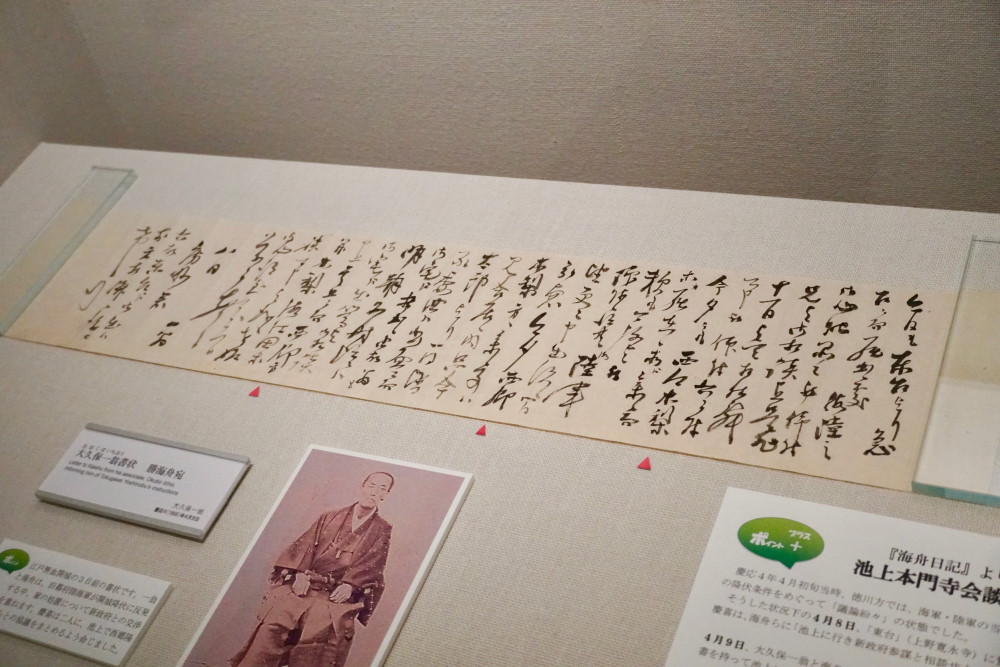
In addition, you can also learn how Kaishu acted after the Meiji Restoration such as his effort to restore Tokugawa Yoshinobu’s reputation that is not widely known.
In this way, Kaishu’s history is shown with the Chronology and actual historical documents at “Kaishu Chronicle”.
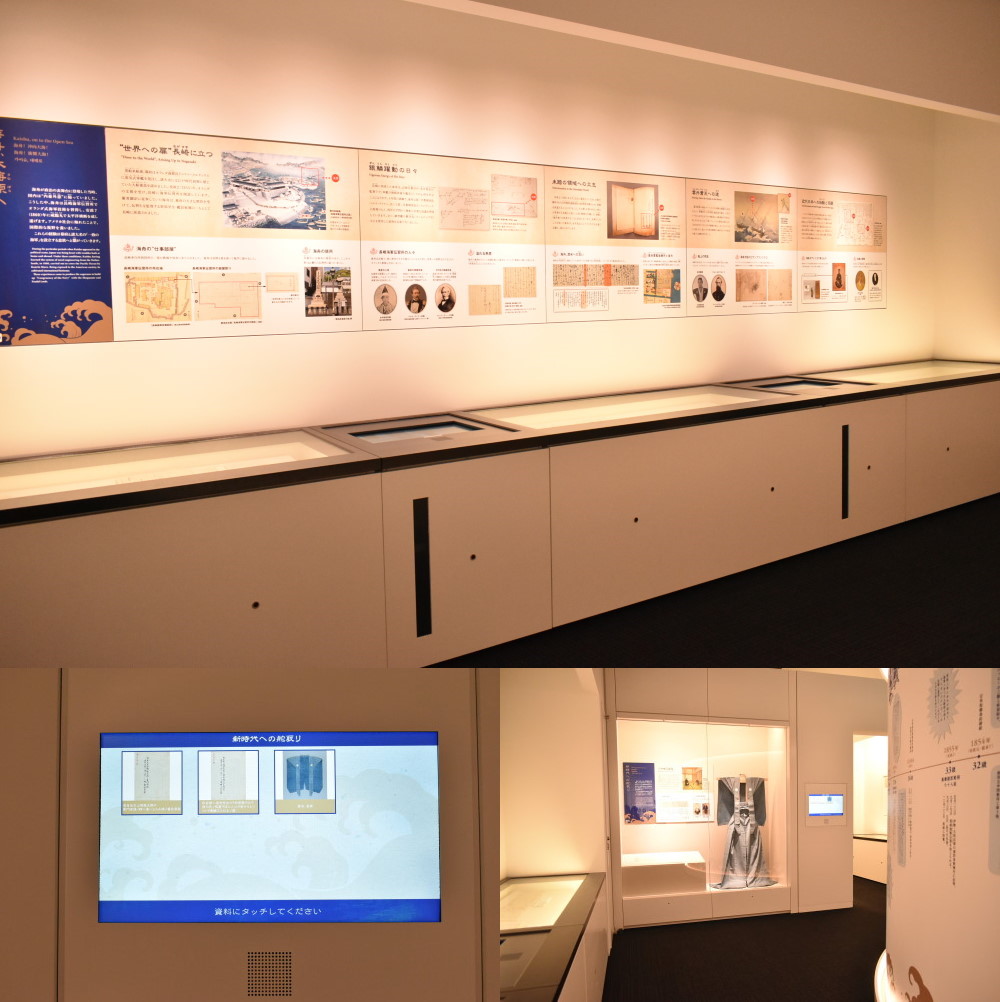
The Chronology on a cylindrical screen is placed in the center of the room, and historical documents to support the events on the Chronology, etc. (subject to change depending on the period) are exhibited in the surrounding space. Touch panel monitors that allow you to view the content of letters (if converted to image data) are installed.
This service will be highly appreciated by history lovers because they can read and understand the details of original documents.
“Time Room” where Kanrinmaru in CG images can be seen and limited time special exhibitions

This museum has more and more contents to learn about Kaishu deeply!
One example is the “Time Room” where the story of his voyage to America on the Kanrinmaru is reproduced using CG images on 3 surrounding screens. On the 2nd floor, there are several zones such as Kaishu Zone where you can enjoy Kaishu related quizzes, Senzokuike Pond Zone where his beloved Senzokuike pond is introduced and a diorama of his second house, Senzoku-ken is exhibited, and Seimei Bunko Zone where you can learn about Seimei Bunko Library, the Kaishu related building utilized as this museum.
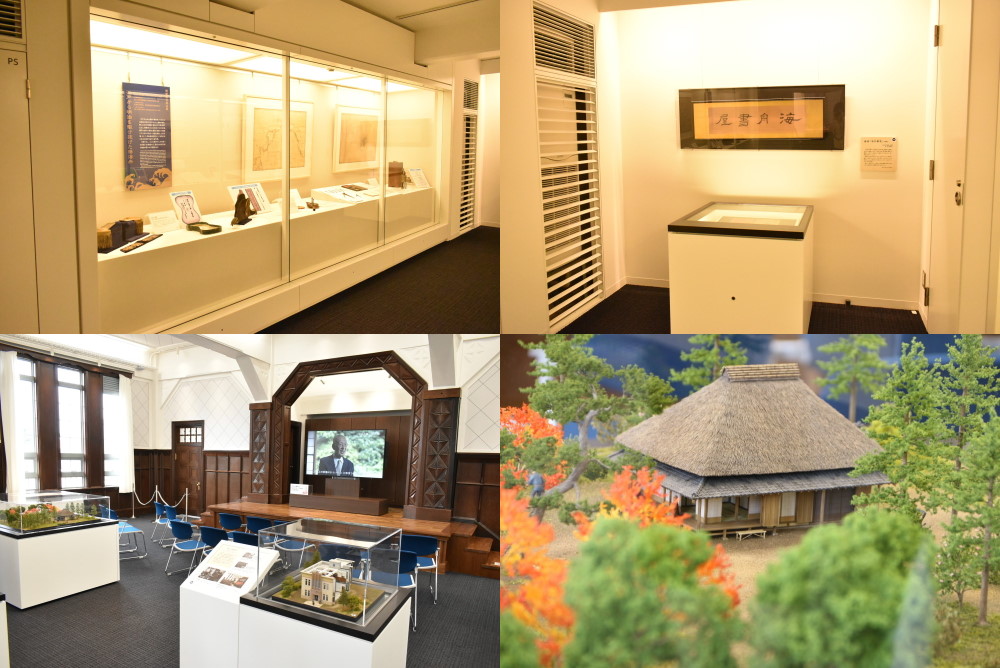
Incidentally, there is the graveyard of Katsu Kaishu and his wife in Senzokuike Pond Park located near the museum. You should stop by the graveyard.
A lot of hints to survive today can be found in the way Katsu Kaishu lived

Katsu Kaishu was a rational realistic retainer of the Edo Shogunate for that age. However, he had the sheer sincerity and belief at the root of his thorough realism. His such personality was revealed, as we stepped into this museum and traced his life through various contents.
How about visiting this museum and touch his thoughts? You may find some hints to survive the present day considered to be hard to live.
Ota City Katsu Kaishu Memorial Museum
Opened in September 2019, utilizing the former Seimei Bunko Library that stored Katsu Kaishu related documents.
Address: 2-3-1 Minamisenzoku, Ota City, Tokyo 145-0063
Operating hours: 10:00-18:00 (Last entry: 17:30)
Closed on Mondays, Year-end and New Year holidays, extra holidays
Admission fees: Adults: 300 yen, Elementary school/Junior high school students: 100 yen
For details about Katsu Kaishu Memorial Museum, please check here.
